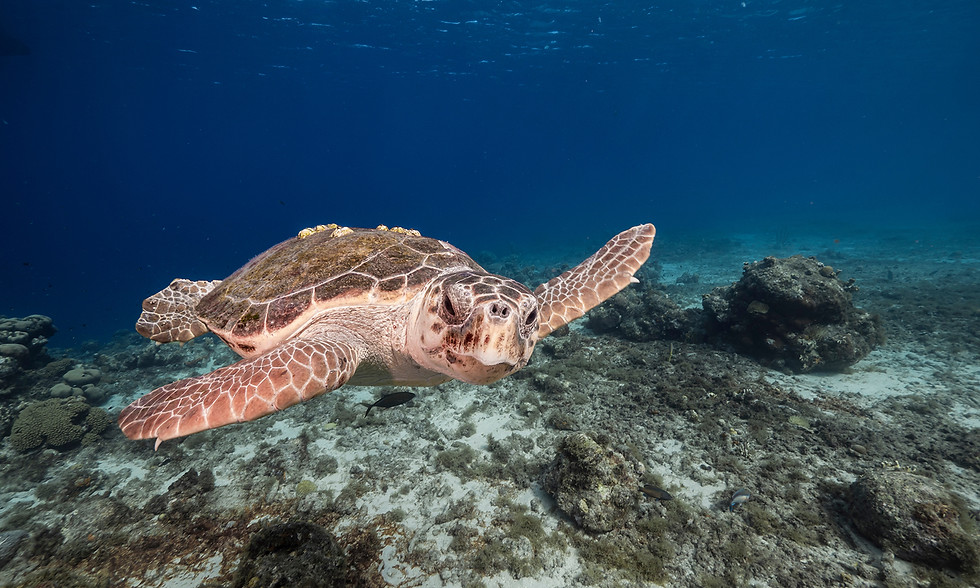Sustainability

Colourful waterfront buildings in the famous Dutch-Caribbean colonial style in Willemstad, Curaçao. Image by freedom_wanted@Adobe Stock.
Curaçao prioritises long-term resilience over short-term overtourism gains
By Michael Webster
As destinations worldwide struggle with overtourism, the Caribbean Island of Curaçao is taking a forward-thinking approach that prioritises high-value, low-impact tourism growth and long-term resilience over short-term gains. In 2024, after the devastating effects of the COVID pandemic, global tourism rebounded to 1.4 billion international arrivals, virtually reaching pre-pandemic levels. While this surge fuelled economic recovery, it also led to overcrowding, environmental degradation, community resentment, and infrastructure strain in many destinations.
Tourism in Curaçao is soaring to new heights, highlighted by a record 700,000+ stayover visitors in 2024 and continued strong arrivals into 2025 – underscoring the island’s global appeal driven by vibrant culture, pristine beaches, and captivating heritage. However, in anticipation of growing pains and recognising the importance of strategic planning, Curaçao is taking proactive steps to prevent future challenges.
In partnership with Sustainable Travel International and the George Washington University International Institute of Tourism Studies (GW IITS), Curaçao is implementing a ‘Destination Carrying Capacity Study’, a 360-degree framework evaluating the economic, environmental, and social impacts of increasing tourism. By shifting the focus from sheer volume to a more holistic measure of tourism’s value, this initiative aims to create a balanced, mutually beneficial industry that maximises economic benefits while safeguarding the island’s ecosystems, preserving its cultural heritage, and enhancing visitor satisfaction and community wellbeing. The success of Curaçao’s progressive approach will be tracked and measured through community perceptions, ecological health, infrastructure capacity, visitor appeal, and cultural identity.
A key focus of the study is to ensure that all stakeholders have a voice in shaping Curaçao’s tourism future. The study will actively engage public and private sector stakeholders, local communities, and industry leaders, while incorporating visitor perspectives, fostering a sense of ownership and shared responsibility in decision making.
“This isn’t about limiting tourism – it’s about managing it wisely,” said Paloma Zapata, CEO of Sustainable Travel International. “Instead of depleting resources or leading to overtourism, the goal is to create a virtuous cycle where thoughtful tourism growth strengthens community well-being and preserves the island’s unique appeal over time. This, in turn, enhances visitor experiences and generates economic returns that can be reinvested in continual improvements.”
Michael Webster is The Solo Traveller’s International Community Development Lead.
Curaçao at a glance
Our ‘solo-smart’ traveller’s introduction to this magical Caribbean Island.

A Loggerhead Sea Turtle swiming in one of the Caribbean Sea’s coral reefs near Curacao. Photography: NaturePicsFilms.
Solo safety snapshot: Generally safe and friendly but always use common sense – especially at night or in more remote areas. Locals are incredibly helpful, so when in doubt, ask. And yes, they’ll tell you the truth.
Capital city: Willemstad – a UNESCO World Heritage site – features the iconic and colourful Handelskade (the celebrated waterfront area) backdrop, vibrant street art, and a growing portfolio of boutiques, al fresco restaurants and cafés.
Beaches: 35 of them!
Picture postcard perfection: Think pastel-hued colonial buildings, technicolour street art, and turquoise waters so vibrant they look (and feel) unreal.
Language gymnastics: Dutch, Papiamentu, English, and Spanish all roll off tongues here. It's one of the most multilingual places in the Caribbean, which means you’re never far from a friendly “Bon dia!” or a helpful local tip.
Stay ‘solo-smart’: Curaçao is more boutique than backpacker, so solo stays skew toward quirky guesthouses, beachside B&Bs, and charming hostels in Willemstad. Book early if you want central and affordable.
Street eats and surprise feasts: From roadside truki pan food trucks to upscale beach grills, Curaçao delivers on taste. Don’t skip the lionfish (yes, really), or the famed stobá (goat stew). Solo diners? Totally normal here.
Dive into it: Literally. Some of the world’s best shore diving and snorkelling is just steps from the sand. No boat, no problem – just mask up and walk in. Many dive shops are solo-friendly with group options that don’t feel forced.
Public transport is ... relaxed. Minibuses go where they want, when they want. Renting a car gives you freedom to chase the island’s secret beaches, cactus-dotted parks, and flamingo lagoons.
Go with the flow: This is an island that runs on “island time.” Your schedule won’t survive here, and that’s the point. Hammocks, music, salt air, and conversations with strangers that stretch into the night – that’s ‘the Curaçao effect’.


